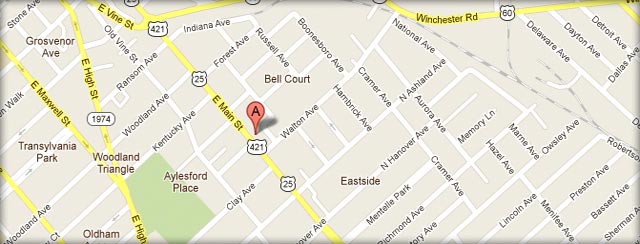- ATV accidents
- Brain Injuries
- Bus Accident
- Car Accidents
- Construction Accident
- Distracted Driving
- Drugged Driving Accident
- DUI
- Firm News
- Mass Tort
- Medical Malpractice
- Motorcycle Accidents
- Pedestrian Accidents
- Personal Injury
- Product Liability
- Safety
- Social Security Disability
- Truck Accidents
- Vehicle Accidents
- Workers Compensation
- Workplace Injuries
 Car accidents claim the lives of millions of Americans each year. Every death is a tragedy, but it’s particularly heartbreaking when a child is involved. That’s why it’s important that parents exercise special caution to make sure that their children are properly restrained in their seats – and recent government findings indicate that they might not be.
Car accidents claim the lives of millions of Americans each year. Every death is a tragedy, but it’s particularly heartbreaking when a child is involved. That’s why it’s important that parents exercise special caution to make sure that their children are properly restrained in their seats – and recent government findings indicate that they might not be.
More than one-third of children who were killed in car accidents in 2011 were not in car seats or wearing seat belts, the National Highway Transportation Safety Administration reports. Motor vehicle crashes are the leading cause of death for children in the United States, and hundreds of children each year sustain everything from minor scraps to catastrophic brain and spinal injuries in wrecks on America’s roadways.
NHTSA estimates that more than 10,000 children under the age of five have been saved in car accidents over the past 30 years thanks to the use of proper restraints.
Most parents know that young children need to be restrained in car seats or booster seats, but they may not realize that just putting the child in the seat is not always enough. They also must be restrained properly.
NHTSA offers these safety tips to parents before they hit the road:
- Determine if your child is in the right seat for his or her age and size. Kentucky law states that any child under 40 inches tall must be in a child and/or infant seat. Any child under seven years of age and who is between 40 and 50 inches tall must be in a booster seat. All children over seven and more than 50 inches tall must be wearing a seat belt.
- Read the instructions and labels that come with your child’s car seat and read the vehicle owner’s manual for important information on installing the seat in your vehicle.
- Go to your local car seat inspection station to have your seat checked by a Certified Child Passenger Safety Technician.
- Use the Lower Anchors and Tethers for Children (LATCH) restraint system or seat belt to install your car seat and use the top tether to secure forward-facing car seats.
- Register your car seat and booster seat at SaferCar.gov so you will be informed if there is a safety recall on your model.
- Always wear your seat belt to set a good example.
Although there are no guarantees when it comes to avoiding a car accident, you should always take advantage of any way to protect yourself and the ones you love. You can learn more about NHTSA’s guidelines about child passenger and car seat safety by clicking here.

